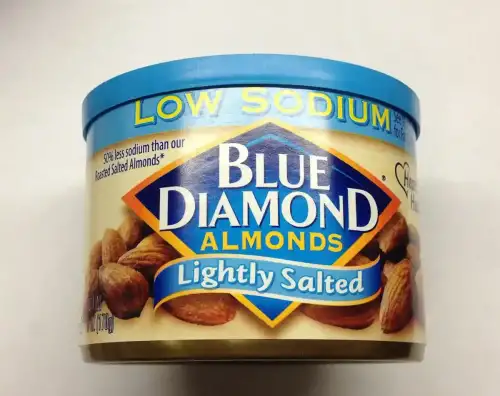Alright, so, “are almonds gluten free?” That’s what I was wondering the other day while I was trying to figure out a new snack for myself. I mean, I love almonds, but with all the food sensitivities floating around, you gotta double-check everything, right?

First thing I did, classic me, was hit up Google. Typed in “almonds gluten free” and bam! Pages of results. Lots of “yes” answers, which was a good start, but I wasn’t just gonna take the internet’s word for it. I needed to dig a bit deeper.
So, I started looking at the actual almond packages I had in my pantry. I grabbed a bag of plain, raw almonds. Scanned the ingredient list – just almonds! No mention of wheat, barley, or rye, you know, the usual gluten suspects. Then I checked the “may contain” statement. Sometimes they sneak gluten in there that way, but nope, this bag was clear.
But here’s where it gets tricky. I also had a bag of roasted and salted almonds. Again, the ingredient list looked pretty clean: almonds and salt. But this time, the “may contain” statement was a bit more concerning. It said “may contain wheat.” Ugh. This is where things get annoying.
Okay, so what did I do? I decided to call the manufacturer. Yeah, I know, sounds like a pain, but I wanted a definitive answer. After a bit of waiting on hold, I finally got through to someone. I asked about the potential wheat contamination. They told me that while the almonds themselves are gluten-free, they’re processed in a facility that also handles wheat products. So, there’s a risk of cross-contamination.
Then, I looked into flavored almonds – honey roasted, chocolate covered, the whole shebang. This is where you REALLY gotta be careful. I grabbed a bag of honey roasted almonds. The ingredient list was a mile long! Sugar, honey, corn syrup, and…modified food starch. Now, modified food starch CAN be gluten-free, but it can also be derived from wheat. No specification on the package. Fail.

I did some more digging online and found that some brands are more careful about gluten than others. Some specifically label their almonds as “gluten-free” and ensure they’re processed in a dedicated gluten-free facility. This is what I wanted!
Here’s what I learned:
- Plain, raw almonds are naturally gluten-free. That’s the easy part.
- Roasted and salted almonds can be gluten-free, but always check the “may contain” statement and consider calling the manufacturer.
- Flavored almonds are the biggest risk. Read those ingredient lists carefully and look for certified gluten-free labels.
So, the moral of the story? Almonds themselves are generally gluten-free, but you always need to be a detective when it comes to processed or flavored almonds. Check those labels, people! And when in doubt, go for the plain, raw ones.
In the end, I went out and bought a big bag of certified gluten-free almonds from a brand I trust. Snack problem solved! I hope this helps anyone else out there trying to navigate the gluten-free world. It’s a jungle out there, but we can do it!
